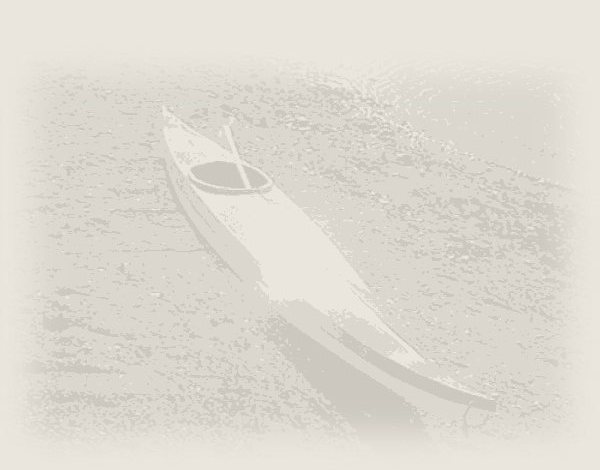


Language:
Español
Index
Forms
Strongback
Stripping
Epoxy
Coaming
Hatches
Closing
Related info
Questions
Bibliography
Peperina team
Other kayakers
Link page
|
|
Measuring and marking the cut must be one of the most nerve
testing operations of the entire project. How to translate the
inner measures precisely to the exterior? To mark the cross
lines (perpendicular to the kayak axis), I used a large piece of
paper with the right angle.
|
|
|
|
|
|
I then constructed these plywood 'calipers' with enough opening
to clear the deck curve, and with the center and extremes marked.
Note that with this system, marking the inside size on the
outside, the opening will be about 2-3mm too narrow on each side
because of the inclination of the jigsaw blade.
|
||
|
|
|
|
I rounded the hatch panel's borders, to be able to follow the
line with one jigsaw cut. Here, the handsaw is already in place
for the initial cut (new blade).
|
||
|
|
|
|
Close up of the initial cut. The handsaw blade is slightly
thinner than the jigsaw blade. I used the handsaw till I just
cut through the lower glass.
|
||
|
|
|
|
Then, continuing with the jigsaw (also a new blade), I advanced very
carefully and slowly, cutting on the inside of the marked line.
Regularly I stopped and used masking tape to avoid sagging of
the panel - particularly important near the end.
|
||
|
|
|
|
Done! One traumatic event of the construction out of the way.
It resulted better than expected, and looked a lot easier, probably
because of all the worrying.
|
||
|
|
|
|
I mounted the hatch to the deck using two vertical 'walls', made
out of 10 mm timbo wood (12 mm would have been better). On one side,
I used the router to cut out the form to accept the hatch base panel.
The other side was formed to fit the deck as exactly as possible.
|
||
|
|
|
|
The bottom border of the 'walls' was rounded to facilitate applying
glass cloth. The ends of the side were filled with putty to be
able to apply the cloth. Next hatch, I'll putty the sides completely
first, with wood dust-epoxy. I think that'll be easier.
|
||
|
|
|
|
Bottom view (the kayak is upside down). To apply pressure I improvised
this system.
|
||
|
|
|
|
Note that the vertical 'wall' passes the opening about 5 mm. This is
where the closing lid will rest.
|
||
|
|
|
|
The aft side of the hatch, with the glass applied.
|
||
|
|
|
|
I filled in the space between sides of the hatch panels and the deck
with wood dust-epoxy putty, and pushed on a couple of glass strips
before the putty was hard. I'll saturate them with epoxy later.
|
||
|
|
|
|
Ready - one hatch on deck!
|
||
|
|
|
|
I glued two padeyes to to hatch cover,
|
||
|
|
|
|
and three to the deck part of the hatch: two for connecting the
cover, and one as a safety for the neoprene cover.
|
||
|
|
|
|
A closeup of the padeyes.
|
||
|
|
|
|
At the lowest point, on each side, I sanded and outlet for the water.
|
||
|
|
|
|
Now that this one worked, I'll repeat the process at the stern.
|
||
|
|
|
|
Here's the border of the lid, slightly sanded and with the first
layer of epoxy protection. Note the beautiful fit of the strips
using the cove and bead.
|
||
|
|
|
|
The fore hatch, with the padeyes mounted on the deck, and with the
mounts for the hatch straps. The construction of the padeyes is
described with the construction of the other
kaya.
|
||
|
|
|
|
Idem, on the aft deck. It's necessary to enlarge the image to be
able to see the border of the hatches! The actual construction of
the strap points is described on the next page. The only difficulty
is that the rounded deck made it necessary to sand the lower side of
the mounts to fit the form.
|
||
Continues with varnishing.
8782| (c) John Coppens ON6JC/LW3HAZ |